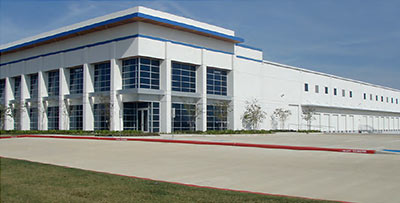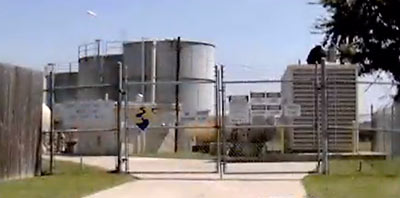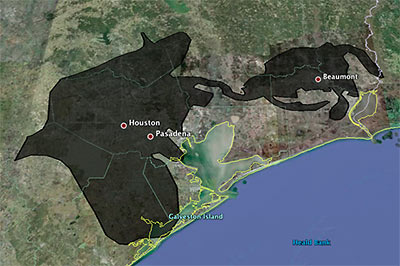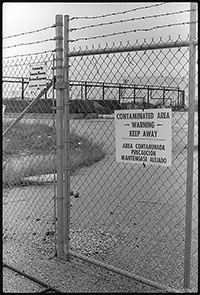
Nestlé Waters of North America, distributors of the Ozarka, Arrowhead, Calistoga, Ice Mountain, Poland Spring, Zephyrhills, Nestlé Pure Life and — yes — Deer Park brands of drinking water, has chosen to set up its next bottling operation at the corner of Bay Area Blvd. and Red Bluff Rd. But the nation’s largest bottled-water company isn’t simply seeking a Pasadena address for the convenience and caché that undoubtedly comes with the location — close to the port and just a few miles south of the city’s famed refineries and sewage-treatment plant. Nestle has also worked out an agreement with the city to use water from Pasadena’s Southeast Water Purification Plant, which is located just northeast of Ellington Field. By next year, the company plans to have 3 separate manufacturing lines in operation, each staffed by 50 employees, bottling water in a new 312,000-sq.-ft. space it’s leasing in Pasadena’s Republic Distribution Center.
- Business Development Update [Guidry News, via Real Estate Bisnow]
- Pasadena City Council [Guidry News]
Photo of Republic Distribution Center I, 10525 Red Bluff Rd.: A&B Properties




